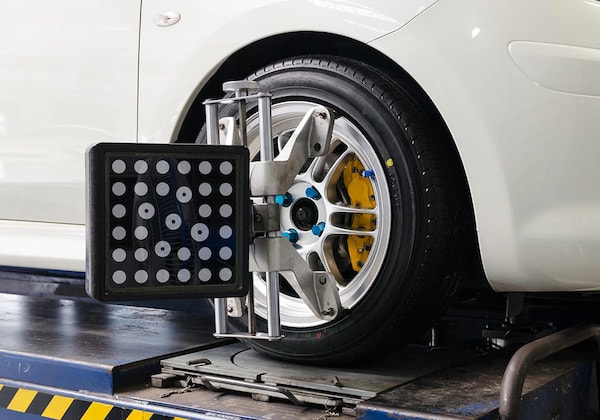
The alignment or the adjustment of the angles of the installation of the wheels of your car is a preventive procedure, directly related not only to the life span of the car suspension, but also to your safety.
So, not exposed camber is a kind of "filling up" of the wheel in relation to the road, that is, a situation in which contact with the road surface is carried out only by the inner or outer part of the wheel. The convergence is the angle of the "turning" of the wheel with respect to another wheel of the same axis, that is, when the wheels are not parallel to each other when the rudder is level, it means that the convergence requires adjustment.
Of course, most often we are talking about a very small failure of the collapse-convergence, calculated in fractions of degrees, so it's impossible to see that something is wrong with the wheels, with the naked eye.
Unordered wheel alignment is first of all:
- Uneven and too rapid wear of tires
- Deterioration of controllability by the car on bends
- The possibility of a congress from the trajectory movement at an even position of the rudder (constant "steer" is required)
- Increased load on the steering gear and suspension of the car
On what do the proper wheel alignment of the car depend?
- Specifications of the car
- Type of installed tires
- The operating conditions of the car are speed, load, etc.
Adjustment of camber-convergence in car service CARVEX is carried out with use of the modern equipment of high accuracy which allows us to reduce deviations from ideally equal installation of wheels to the minimum values. In addition, we are ready to offer you a comprehensive diagnosis of the suspension and steering system of your car, which will allow you to notice in time possible malfunctions that can lead to breakdown of the angles of camber-toe.
Please, pay attention to the fact that CARVEX car service experts recommend to regulate the camber-wheel alignment every 10-15 thousand kilometers or 2 times a year, for example, when changing tires from summer to winter and vice versa.



